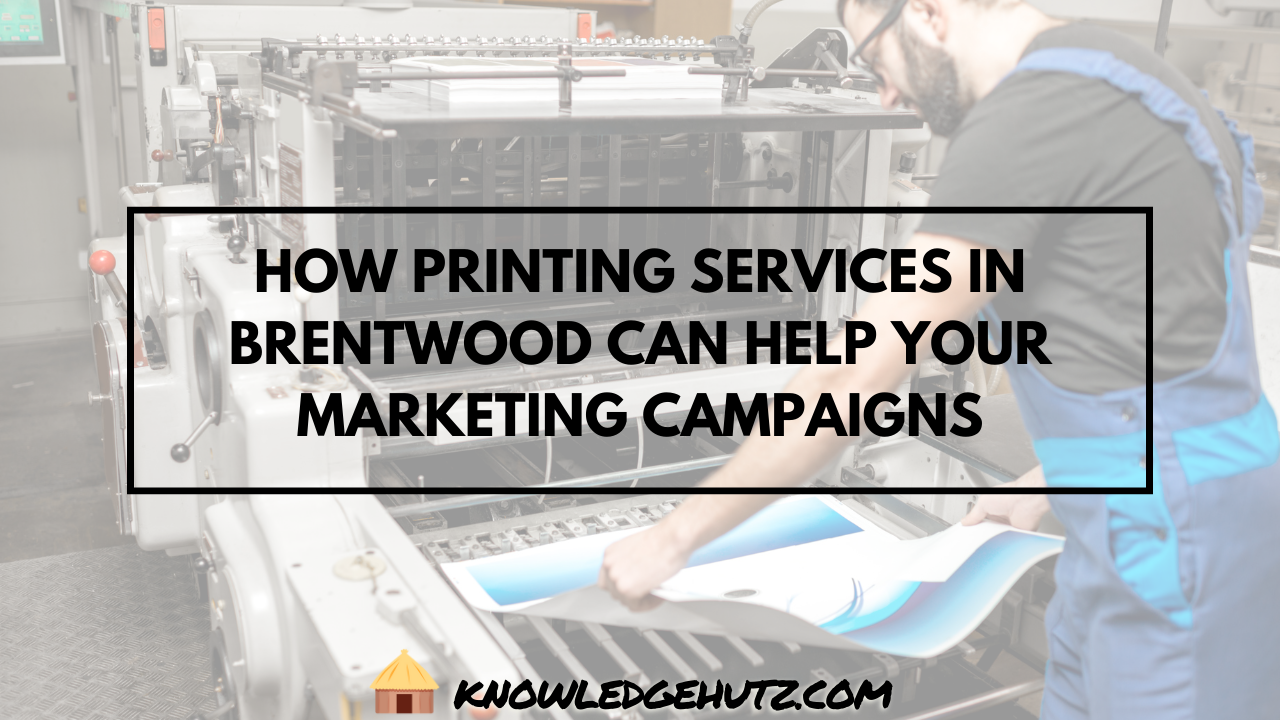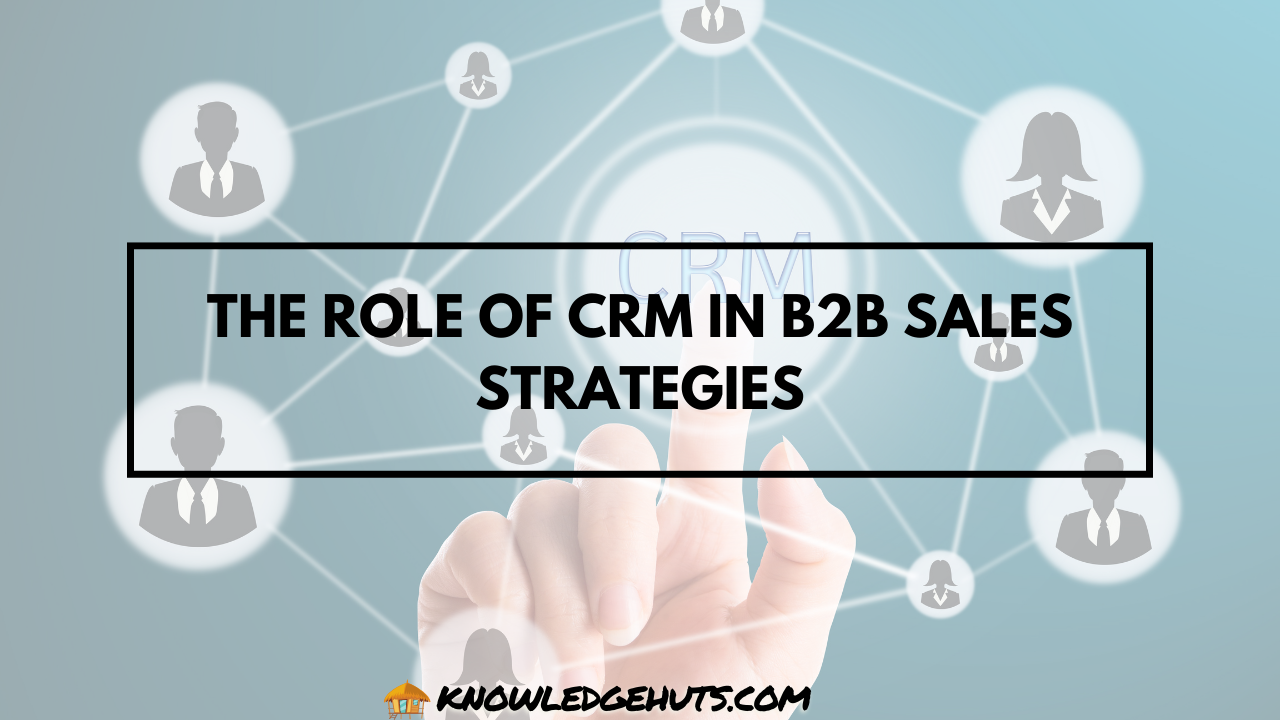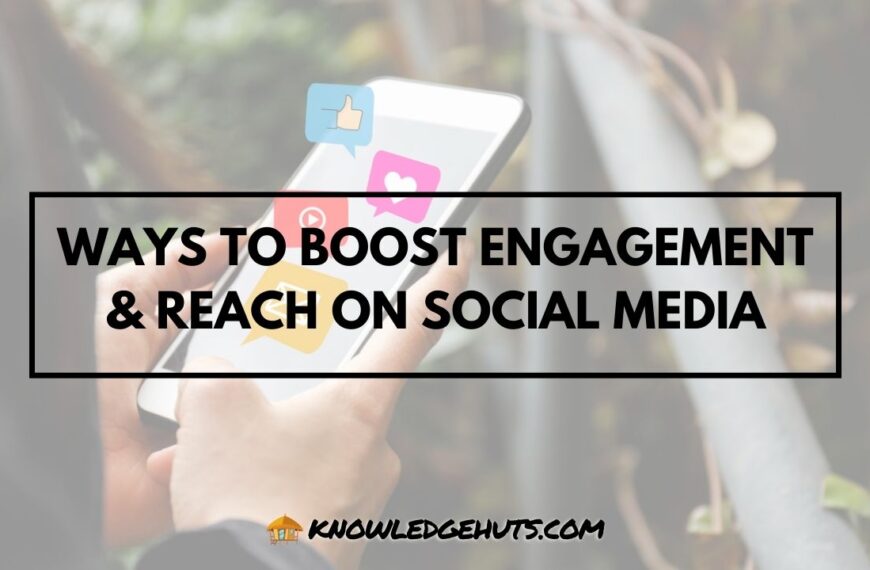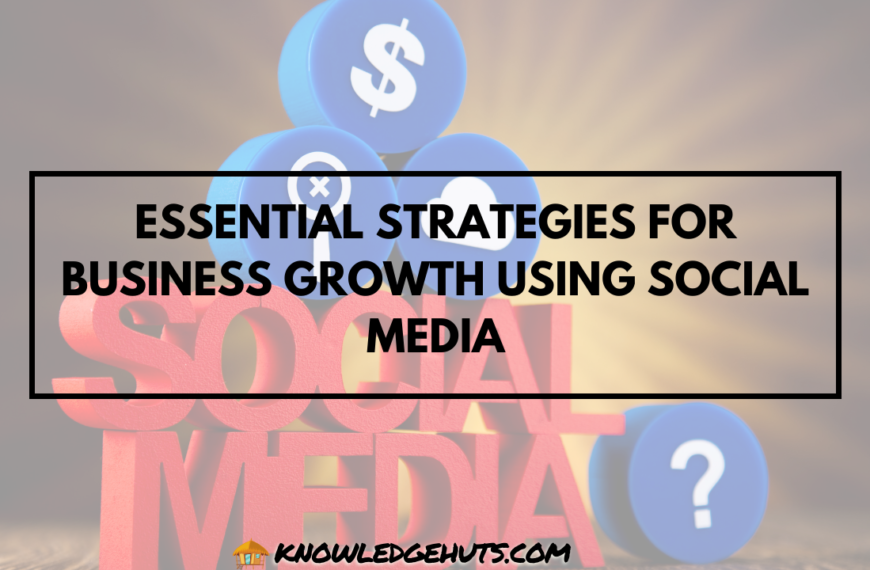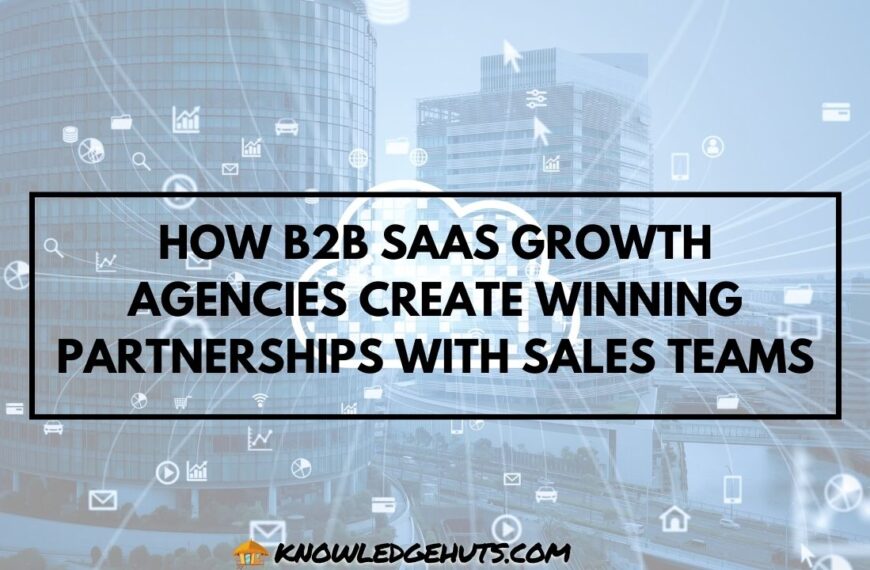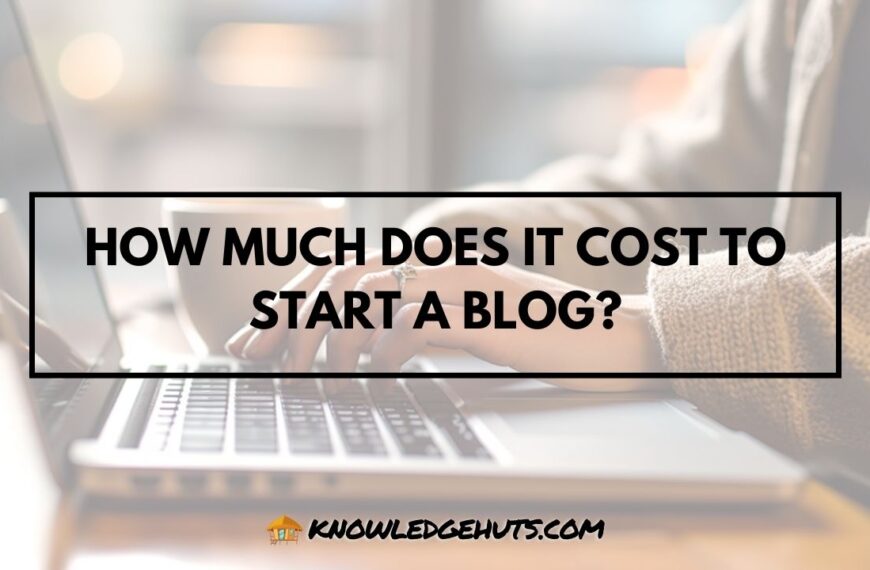In today’s fast-paced digital world, user experience (UX) has become a critical factor in the success of any online product, especially Software as a Service (SaaS) solutions. The days when software could rely solely on its features are long gone.
Now, the focus is on how seamlessly and intuitively users can interact with the product. A well-crafted UX can make a SaaS product easy to use, enjoyable, and indispensable, while poor UX can lead to frustration, high churn rates, and ultimately, the failure of the product.
Quote: “Design is not just what it looks like and feels like. Design is how it works.” – Steve Jobs
The importance of UX in SaaS products goes beyond just aesthetics; it’s about creating an experience that aligns with users’ needs and expectations. In this blog post, we’ll delve into why UX design is so vital for SaaS products and how it impacts everything from user retention to business growth.
What is UX Design?
User Experience (UX) design is the process of enhancing user satisfaction by improving the usability, accessibility, and pleasure provided in the interaction between the user and the product. It’s a holistic approach that encompasses every aspect of a user’s interaction with a product, from the first time they learn about it to their ongoing usage and eventual departure.
Key Components of UX Design:
- Usability: Ensures the product is easy to use and understand, reducing the learning curve for users.
- Accessibility: Makes the product usable by people of all abilities and disabilities.
- Aesthetics: Focuses on the visual and emotional impact of the product, creating a pleasing and engaging experience.
- Interaction Design: Refines how users interact with the product, from navigation to feedback mechanisms.
Fact: Companies that prioritize UX design have been shown to outperform their competitors by 219%, according to the Design Management Institute.
It’s important to note the distinction between UX and UI (User Interface) design. While UI design focuses on the look and feel of the product, UX design takes a broader view, considering the entire user journey and ensuring the product meets the user’s needs at every stage.
Table: UX Design vs. UI Design
| Aspect | UX Design | UI Design |
| Focus | Overall user experience and journey | Visual design and interactive elements |
| Objective | Solve user problems and meet user needs | Create an appealing and engaging interface |
| Key Components | Research, usability, user flow, testing | Colors, typography, layout, buttons |
| Scope | Holistic view of the product experience | Specific to the visual interface |
Understanding the core principles of UX design is essential for creating a SaaS product that not only attracts users but also keeps them coming back.
The Role of UX in SaaS Products
In the SaaS industry, where customers typically pay on a subscription basis, delivering a superior user experience is critical. Unlike traditional software, SaaS products rely heavily on continuous user engagement, satisfaction, and retention. A seamless and intuitive UX can significantly enhance these aspects, turning users into loyal customers and advocates for the product.
Why UX Design Matters in SaaS:
- Subscription Model Dependency: SaaS products thrive on recurring revenue. If users find the product frustrating or difficult to use, they are less likely to renew their subscriptions.
- User Retention: A positive UX fosters customer loyalty. Users who have a pleasant experience are more likely to stick around, reducing churn rates.
- Customer Satisfaction: Good UX leads to satisfied users who are more likely to recommend the product to others, enhancing word-of-mouth marketing.
Fact: A study by McKinsey found that companies focusing on UX design see a 32% higher revenue growth compared to their competitors.
Examples of UX Impact:
Consider products like Slack or Dropbox. These SaaS giants have become industry leaders not just because of their features but because of the ease and efficiency they offer through their well-designed UX. The intuitive nature of their interfaces, coupled with a deep understanding of user needs, has enabled them to build a loyal customer base.
Quote: “The user experience is the product.” – Tom Anderson
The role of UX in SaaS products is undeniable. It’s not just about making software that works; it’s about creating an experience that works for the user, ensuring that they not only find value in the product but also enjoy using it.
Key Principles of Effective UX Design in SaaS
Creating an exceptional user experience for a SaaS product requires more than just good intentions; it demands a deep understanding of user needs, clear design principles, and continuous iteration. Here are the key principles that should guide the UX design process in SaaS products:
Simplicity and Clarity
Simplicity is at the core of effective UX design. SaaS users often come from various backgrounds, and your product should be easy for all of them to use. A cluttered or overly complex interface can frustrate users and drive them away.
Tip: Prioritize essential features and remove unnecessary elements. Ensure that the interface is intuitive, with clear labels and straightforward navigation.
User-Centered Design
A user-centered design approach puts the needs, behaviors, and pain points of users at the forefront. This requires conducting thorough research, gathering feedback, and continuously iterating based on user input.
Tip: Use personas, user journeys, and usability testing to guide design decisions. The goal is to create a product that feels tailored to the user’s needs.
Consistency and Scalability
Consistency across the product’s design elements, such as buttons, colors, and typography, helps users navigate the interface more easily. Scalability ensures that as your product grows, the design remains cohesive and functional. Thoughtful and creative logos also play a crucial role in maintaining a consistent and scalable brand identity.
Fact: According to the Nielsen Norman Group, consistent design patterns can improve user experience by up to 47%.
Accessibility and Inclusivity
Your SaaS product should be accessible to all users, including those with disabilities. Considerations such as color contrast, text readability, and keyboard navigation are crucial to ensure everyone can use your product effectively.
Table: UX Accessibility Checklist
| Accessibility Aspect | Description | Implementation Example |
| Color Contrast | Ensure text is easily readable | Use high contrast ratios (e.g., 4.5:1) |
| Keyboard Navigation | Allow users to navigate without a mouse | Ensure all interactive elements are tabbable |
| Alt Text for Images | Provide descriptions for images | Add descriptive alt text for all images |
| Responsive Design | Adapt to various screen sizes and devices | Use flexible grid layouts and media queries |
Feedback and Error Prevention
Providing users with clear feedback for their actions helps them understand what is happening. Preventing errors or offering helpful error messages when something goes wrong is also critical to maintaining a positive user experience.
Tip: Use tooltips, progress indicators, and confirmation dialogs to guide users and prevent mistakes.
By adhering to these principles, you can create a SaaS product that not only meets user expectations but also exceeds them, fostering loyalty and driving long-term success.
The Impact of Poor UX in SaaS
While good UX can propel a SaaS product to success, poor UX can have equally powerful negative consequences. In the competitive world of SaaS, where users have numerous alternatives at their fingertips, even minor frustrations can lead to lost customers. Understanding the impact of poor UX is essential to avoid these pitfalls.
Increased Churn Rates
One of the most direct consequences of poor UX in SaaS is increased churn. When users struggle to navigate the product, find it confusing, or encounter frequent errors, they are less likely to renew their subscriptions. High churn rates can cripple a SaaS business, leading to a constant need to acquire new customers just to maintain revenue levels.
Fact: According to a study by HubSpot, 55% of users are willing to switch to a competitor after just one bad experience.
Negative Reviews and Brand Reputation
Users who experience poor UX are more likely to leave negative reviews or share their dissatisfaction on social media. This can damage your brand’s reputation and deter potential customers from trying your product.
Quote: “Bad experiences can destroy a brand’s reputation in an instant.” – Shep Hyken
Lower User Engagement
Poor UX often results in lower user engagement. If users find your SaaS product difficult to use or unappealing, they are less likely to fully explore its features or use it regularly. This can lead to underutilization of the product and, ultimately, cancellations.
Increased Support Costs
When a SaaS product has a poor user experience, users are more likely to contact customer support for help. This not only frustrates users but also increases operational costs for the company. Addressing UX issues proactively can reduce the volume of support requests and improve overall efficiency.
Missed Business Opportunities
A SaaS product with poor UX may struggle to gain traction, even if it offers innovative features. Potential customers may never realize the value of the product because they abandon it early in the trial phase due to a frustrating experience. This can result in missed opportunities for upselling, cross-selling, or expanding into new markets.
Table: Consequences of Poor UX in SaaS
| Impact Area | Consequence | Example Scenario |
| Churn Rates | Higher customer attrition | Users cancel after a confusing onboarding process |
| Brand Reputation | Negative reviews and word-of-mouth | Poor app performance leads to bad reviews |
| User Engagement | Reduced feature usage and interaction | Users abandon advanced features due to complexity |
| Support Costs | Increased demand for customer support | Frequent user errors generate more support tickets |
| Business Opportunities | Stunted growth and market penetration | Users abandon trials before seeing the product’s value |
Understanding these potential impacts underscores the importance of investing in strong UX design. It’s not just about creating a pleasant experience; it’s about ensuring the long-term viability and growth of your SaaS product.
How to Enhance UX in Your SaaS Product
Improving the user experience (UX) of your SaaS product is not a one-time effort; it’s an ongoing process that requires a user-centered mindset, regular testing, and iteration. Here are some strategies to enhance UX in your SaaS product effectively:
Conduct User Research and Gather Feedback
Understanding your users is the foundation of great UX design. Regularly conduct user research to gather insights into their needs, pain points, and behaviors. Use surveys, interviews, and analytics to get a comprehensive understanding of your audience.
Tip: Implement feedback loops within your product, such as in-app surveys or feedback buttons, to continuously gather user input.
Implement Iterative Design
UX design is never truly finished; it should evolve with your product and your users’ needs. Use an iterative design process that involves prototyping, testing, and refining based on user feedback.
Tip: Start with low-fidelity prototypes to quickly test ideas and gather feedback before moving on to more polished designs.
Prioritize Onboarding Experience
The onboarding experience is often the first interaction a user has with your product, making it crucial to get right. A smooth and informative onboarding process helps users quickly understand your product’s value and how to use it effectively.
Fact: According to Wyzowl, 55% of users say they’ve returned a product because they didn’t fully understand how to use it.
Use Data-Driven Decision Making
Leverage data to inform your UX decisions. Use tools like heatmaps, user session recordings, and A/B testing to understand how users interact with your product and where they encounter issues.
Table: UX Improvement Tools and Their Uses
| Tool Type | Example Tools | Purpose |
| Analytics | Google Analytics, Mixpanel | Track user behavior and product usage |
| Heatmaps | Hotjar, Crazy Egg | Visualize where users click, scroll, and focus |
| Session Recordings | FullStory, Mouseflow | Replay user sessions to identify friction points |
| A/B Testing | Optimizely, VWO | Test variations to see which design performs better |
Simplify Navigation and Reduce Clutter
Ensure that users can easily find what they need within your product. Simplified navigation and a clean interface reduce cognitive load and help users complete tasks more efficiently.
Tip: Follow the “three-click rule,” aiming to let users reach any feature or information within three clicks.
Involve UX Designers Early in the Process
Involve UX designers from the very beginning of the product development process. Their insights can help shape the product in a way that aligns with user needs and business goals, leading to a more cohesive and user-friendly product.
Test and Optimize Continuously
Continuous testing is key to maintaining a high-quality user experience. Regular usability testing, A/B testing, and user feedback loops will help you identify and fix issues before they become major problems.
Quote: “If you think good design is expensive, you should look at the cost of bad design.” – Ralf Speth
By applying these strategies, you can enhance the UX of your SaaS product, leading to happier users, lower churn rates, and ultimately, greater business success.
Measuring the Success of UX in SaaS Products
To ensure that your UX efforts are effective, it’s essential to measure the success of your design initiatives. This involves tracking specific metrics, using the right tools, and continually assessing how your users interact with your product. Here are key strategies for measuring UX success in SaaS:
Identify Key Performance Indicators (KPIs)
Start by identifying the KPIs that best reflect the success of your UX design. These might include:
- User Satisfaction: Often measured through surveys like Net Promoter Score (NPS) or Customer Satisfaction Score (CSAT).
- Task Completion Rate: The percentage of users who successfully complete key tasks within your product.
- Time on Task: How long it takes users to complete important tasks, indicating efficiency and ease of use.
- Churn Rate: The rate at which users unsubscribe from your service, which can be directly impacted by UX.
- User Retention Rate: The percentage of users who continue using your product over time.
Table: Common UX Metrics for SaaS Products
| KPI | Description | How to Measure |
| Net Promoter Score | Measures user loyalty and likelihood to recommend | Survey users with a scale of 0-10 |
| Task Completion Rate | Percentage of users who complete a task successfully | Use analytics to track task completion |
| Time on Task | Average time users spend on a specific task | Track through user session recordings |
| Churn Rate | Percentage of users who unsubscribe | Calculate the number of users who leave over a period |
| User Retention Rate | Percentage of users who continue using the product | Track cohort retention over time |
Use Analytics and Monitoring Tools
Implement analytics tools to monitor user behavior and gather data on how users interact with your product. Tools like Google Analytics, Mixpanel, and Amplitude can provide insights into user journeys, feature usage, and drop-off points.
Tip: Set up custom dashboards to track your KPIs and regularly review these metrics to identify trends and areas for improvement.
Conduct Usability Testing
Usability testing allows you to observe real users as they interact with your product. This can reveal pain points, confusion, and opportunities for improvement. Regular usability tests should be a part of your UX strategy.
Tip: Include both new and experienced users in your tests to get a full picture of the user experience.
Gather Qualitative Feedback
In addition to quantitative data, gather qualitative feedback through user interviews, surveys, and customer support interactions. This feedback can provide context to the numbers and help you understand the “why” behind user behaviors.
Quote: “The details are not the details. They make the design.” – Charles Eames
Benchmark Against Competitors
Understanding how your product’s UX compares to competitors can provide valuable insights. Benchmarking your KPIs against industry standards helps identify areas where you excel or fall short.
Track Long-Term Trends
UX success isn’t just about short-term wins; it’s about sustained improvement. Track your UX metrics over time to see how changes impact the overall user experience and product success.
Iterate Based on Insights
Use the data and insights gathered from your measurements to iterate on your UX design. Continuous improvement should be the goal, with each iteration bringing you closer to a more user-centered product.
By regularly measuring the success of your UX design, you can make informed decisions that enhance the user experience, leading to higher customer satisfaction, increased retention, and a stronger competitive position in the SaaS market.
Conclusion
Investing in UX design is not just a trend but a necessity for any SaaS product aiming for long-term success. As we’ve explored throughout this post, a well-crafted user experience can significantly impact customer satisfaction, retention rates, and overall business growth. Conversely, neglecting UX can lead to high churn rates, negative reviews, and missed opportunities.
Key takeaways include the importance of a user-centered design approach, the need for simplicity and clarity, and the critical role of continuous testing and iteration. By prioritizing UX from the early stages of product development and regularly measuring its success, you can create a SaaS product that not only meets but exceeds user expectations.
Final Thought: In the competitive SaaS landscape, the products that stand out are those that deliver value through an exceptional user experience. By focusing on UX, you can build a product that users love, leading to sustained growth and success for your business.
Remember, in the end, it’s the user who decides the fate of your product—so make their experience count.

